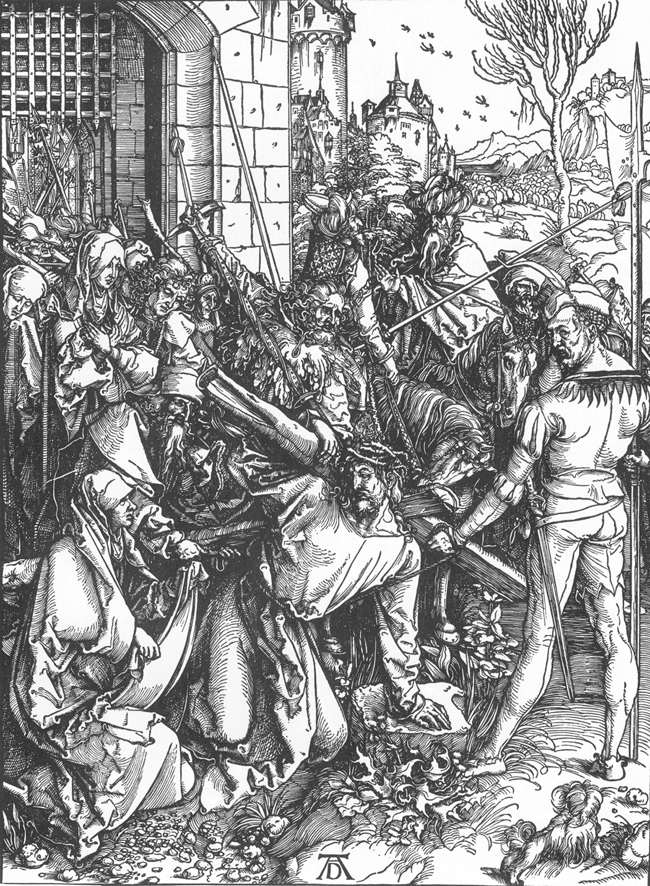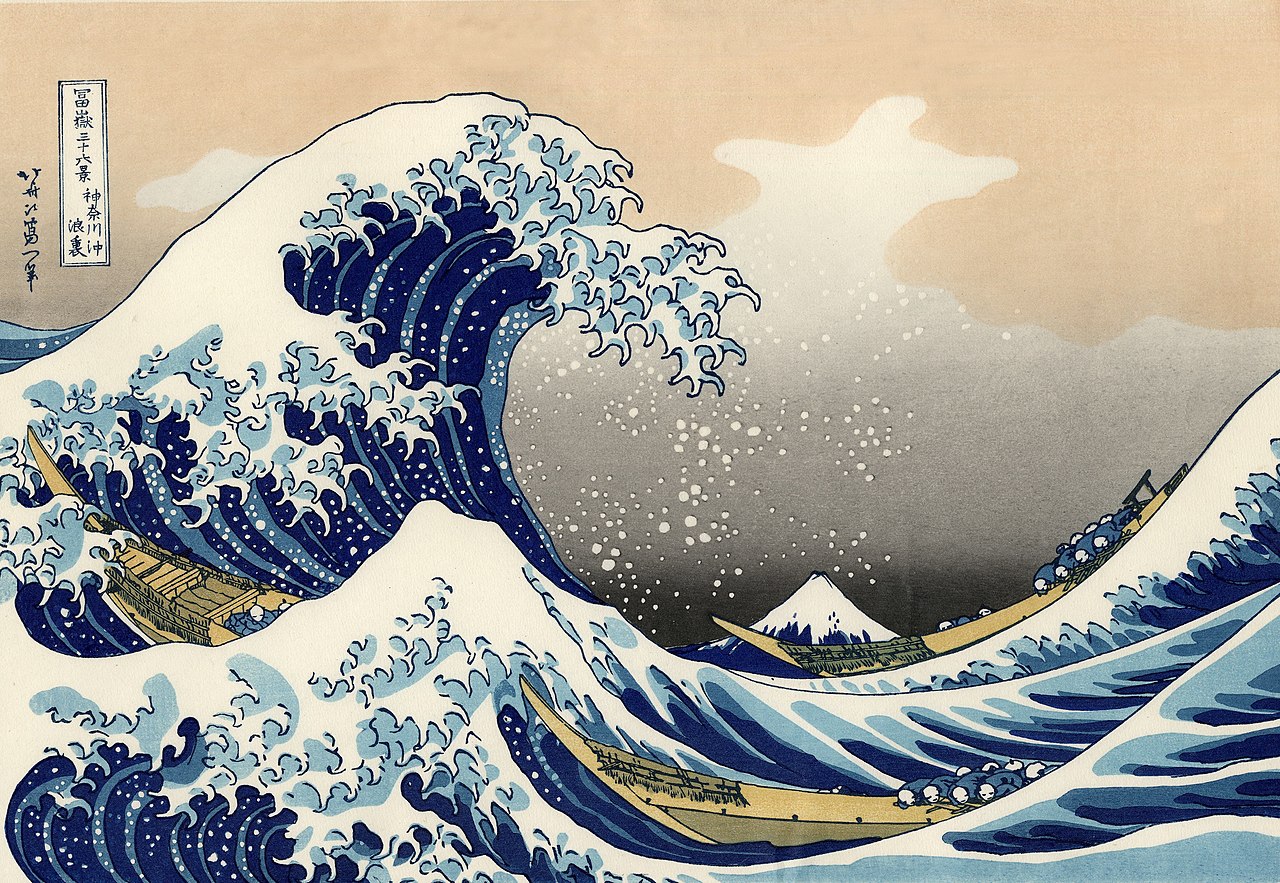
Woodcutting is widely emulated in many digital environments and some programs, such as vector drawing (Illustrator, for example).
In my opinion the technical quality of these solutions are very interesting and beautiful but at the same time they suffer from a homogenization in the style and in the intrinsic quality of the works.
I prefer a more essential technique and more in tune with the great masters of woodcuts for literature from Cordel.
I also prefer to work with rasters, that is, images with pixels. For this I created a series of brushes in the program I use for my work, the Gimp, but which can also be done in Photoshop. The principle of brushes is basically maintained, but with some differences between these two softwares.
The woodcut technique is intertwined with the invention of the press itself... it was invented in China in the same period that paper appeared there. Many famous incisors and artists have already used this technique... the most virtuous in my view is Albrecht Durer, in fact I had the opportunity to see some of his incisions printed in the Cabinet degli Uffizzi di Firenze and they are really impressive.

The interesting thing is that the woodcut was widely used to illustrate the first cheap books of the modern era and many in the early printing press. I've been doing research on the illustrated book on the web and I've been able to verify the preponderant use of the technique until the middle of the 19th century.
In my mind remain mainly the works of Chinese and Japanese art and perhaps the greatest icon of this technique, The Great Wave off Kanagawa.

[Wikimedia source]
In Brazil, it is confused in the collective imagination with cordeis and in the works of Goeldi.

I made a short video where you can have an idea of how to perform this technique in Gimp, but I believe that the same steps can be done in Photoshop.